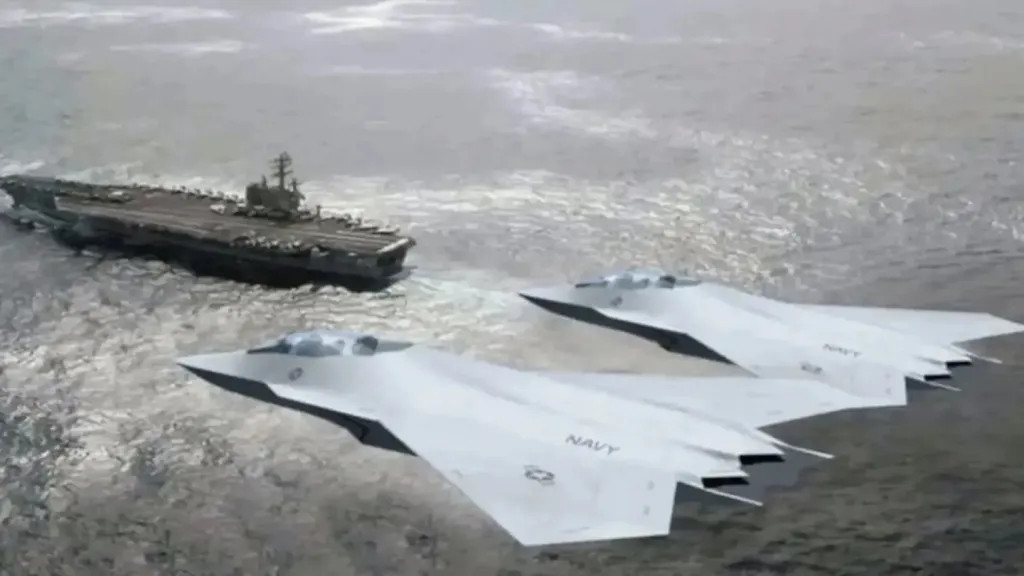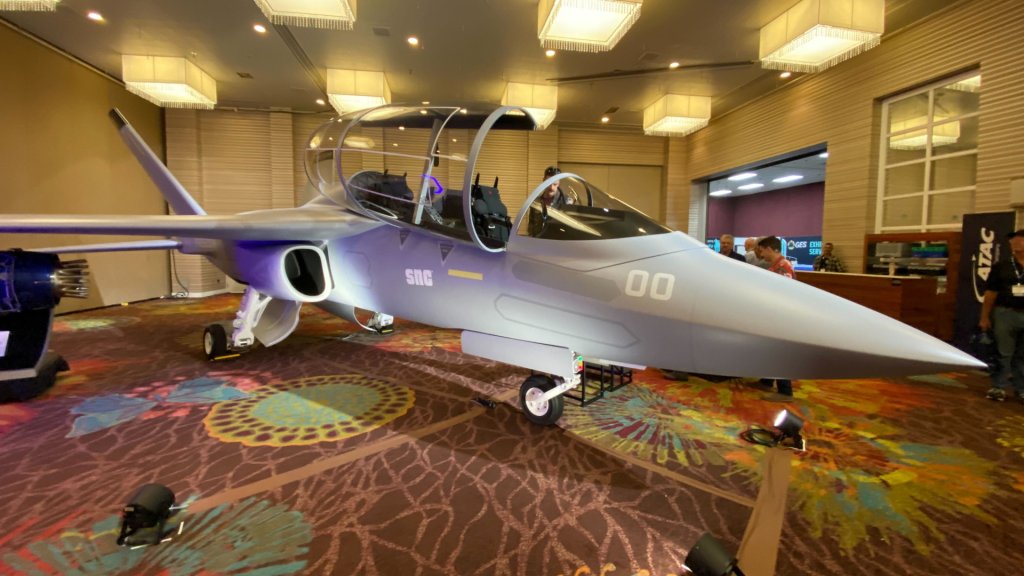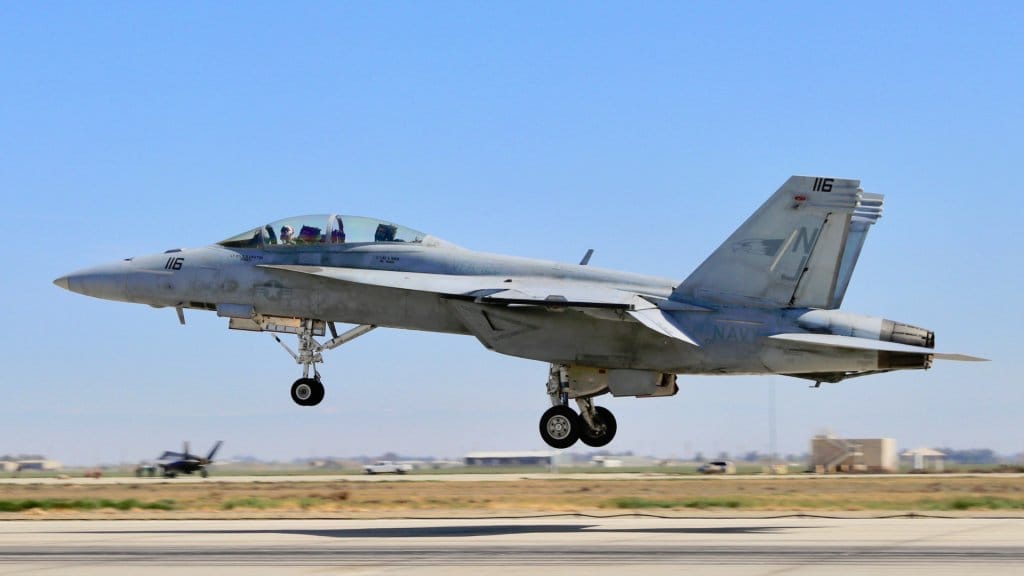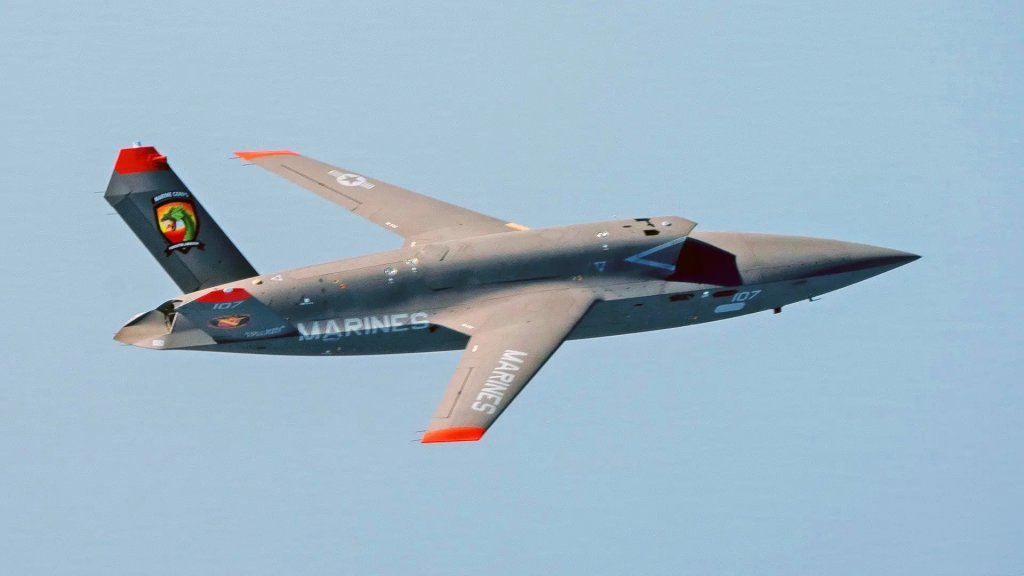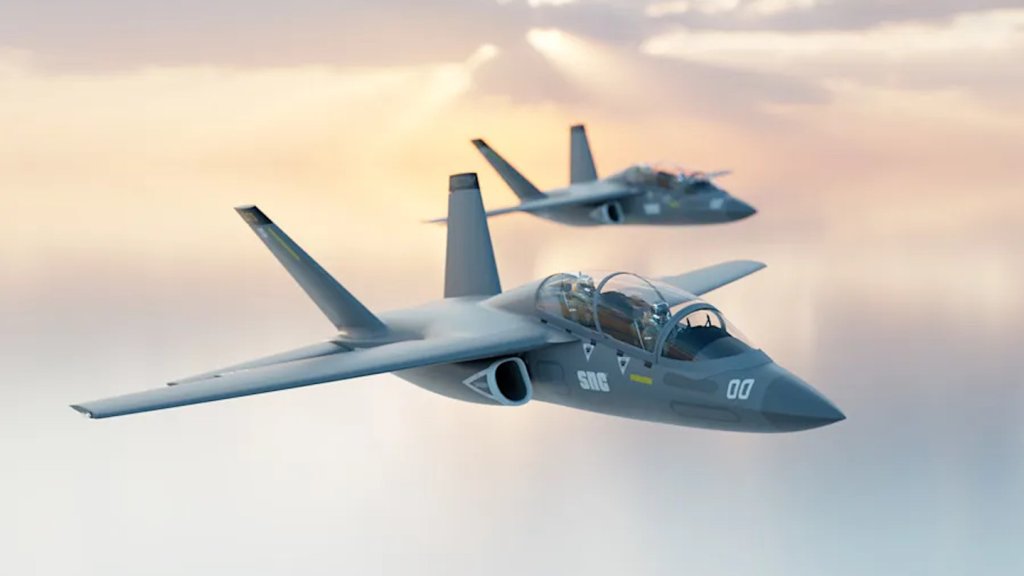F/A-XX Next Generation Naval Fighter Selection Could Still Happen
U.S. Navy Vice Adm. Daniel Cheever, commonly referred to as the service’s “Air Boss,” is still “eagerly awaiting” a new F/A-XX next-generation carrier-based fighter despite the uncertainty now swirling around that program. Cheever already sees a key boost in capability for the Navy’s carrier air wings on the horizon in the form of the MQ-25 Stingray tanker drone, which could leverage its very long range to perform other missions in the future, as TWZ has previously explored in detail.
Cheever, whose formal title is commander of Naval Air Forces, talked to TWZ‘s Jamie Hunter about F/A-XX and MQ-25 on the sidelines of the Tailhook Association’s annual symposium last Friday.

F/A-XX is “ready for down-select, to which of the vendors you would go with, and we’re just excited,” Cheever said. For “Naval Aviation, fourth, fifth, and sixth-generation on an aircraft carrier is a phenomenal capability and absolutely needed for air superiority, which allows [for] sea control.”
The Navy was reportedly close to announcing the winner of the F/A-XX competition in March, hot on the heels of the U.S. Air Force choosing Boeing’s F-47 as the sixth-generation fighter component of its Next Generation Air Dominance (NGAD) effort. Boeing and Northrop Grumman are understood to be the remaining contenders for F/A-XX.

However, in June, the Pentagon announced as part of the rollout of its Fiscal Year 2026 budget proposal that it was moving to complete initial development work related to F/A-XX, but then freeze the program indefinitely. The stated reason for this decision was to avoid competition for resources that could hurt the USAF’s F-47. There has been pushback on the concerns that America’s aviation industry can support two sixth-generation fighter programs simultaneously, including from Boeing.

“They [the Navy] haven’t made a decision yet. So that’s what the down-select is. We’re waiting for the decision, and I’m not the decision maker. I’m just eagerly awaiting,” Vice Adm. Cheever told TWZ last week.
Cheever’s comments add to the murkiness that currently surrounds F/A-XX. In recent months, other senior Navy officials have voiced support publicly for continuing with the next-generation carrier-based fighter program. Members of Congress have also been making moves to keep F/A-XX moving ahead as planned in the upcoming Fiscal Year 2026 budget.
“Nothing in the Joint Force projects combat power from the sea as a Carrier Strike Group, which at the heart has a nuclear-powered aircraft carrier (CVN). To maintain this striking power, the CVN must have an air wing that is comprised of the most advanced strike fighters,” Adm. Daryl Caudle, Chief of Naval Operations, the Navy’s top officer, wrote in response to a question about F/A-XX ahead of his confirmation hearing in July. “Therefore, the ability to maintain air superiority against peer competitors will be put at risk if the Navy is unable to field a 6th Generation strike fighter on a relevant timeline. Without a replacement for the F/A-18E/F Super Hornet and E/A-18G Growler, the Navy will be forced to retrofit 4th generation aircraft and increase procurement of 5th generation aircraft to attempt to compete with the new 6th generation aircraft that the threat is already flying.”
“The Navy has a validated requirement for carrier-based 6th generation aircraft, and it is critical that we field that capability as quickly as possible to give our warfighters the capabilities they need to win against a myriad of emerging threats,” he added.
The Navy has now long presented F/A-XX as critical to ensuring its carrier air wings can continue to project power in the face of ever-growing threats, especially in any future high-end fight, such as one against China in the Pacific. The aforementioned MQ-25 Stingray also remains a top priority in this regard.

“To me, it [MQ-25] is the key that unlocks manned-unmanned teaming on the aircraft carrier. So once we get MQ-25 flying, and it’s supposed to fly in 2025, that is the big thing,” Vice Adm. Cheever told TWZ at Tailhook. “Now, I unlock all of the manned-unmanned teaming that can happen on the aircraft carrier in the future.”
“If you think about it, I have all these strike fighters that are configured as tankers, and I can free them all up to be strike fighters again, instead of tankers,” Cheever added. “And that is just that is an exponential increase in our strike and fighting capability and capacity.”
What the Air Boss is referring to here is the current use of F/A-18E/F Super Hornets with buddy refueling stores to provide organic tanker capacity to the Navy’s carrier air wings. The Navy has estimated in the past that 20 to 30 percent of carrier-based Super Hornet sorties are taken up by aerial refueling. In addition to eliminating the need for Super Hornets to perform this function, the MQ-25 also offers additional benefits in terms of its own range and on-station time, which will significantly extend the air wing’s operational reach.

As noted, the goal now is for the MQ-25 to fly for the first time this year, a key milestone for a program that has suffered delays and cost growth. The current hope is to reach initial operational capability (IOC) with the Stingray sometime in Fiscal Year 2027, around three years later than originally expected.
On top of being tankers, the baseline MQ-25s are set to be delivered with a secondary intelligence, surveillance, and reconnaissance (ISR) capability. The Stingray’s baked-in capabilities, especially its range, open doors to the drones, or future variants or derivatives thereof, taking on a host of other missions, including kinetic strike and airborne early warning, as TWZ has laid out in-depth in this past feature.
“It’s got a lot of potential,” Vice Adm. told TWZ last week. “[It’s got] huge range.”
“Absolutely,” Cheever said when asked specifically about the MQ-25 taking on additional roles in the future, though he did not elaborate.

In terms of MQ-25 as a springboard to adding more uncrewed capabilities in the Navy carrier air wings, “the future of Collaborative Combat Aircraft, and that kind of thing, is TBD [to be decided], still to come. That work’s still to be done, and there’s a lot of folks in that space,” Cheever added.
By the Navy’s own admission, it is following the lead of the Air Force, and the U.S. Marine Corps to a lesser extent, when it comes to plans for future Collaborative Combat Aircraft (CCA) ‘loyal wingman’ type drones, and is looking to leverage the work those services are doing now. The Navy has previously outlined one vision for future CCAs that are low-cost enough to be “consumable,” and expended as one-way attack munitions or targets for use in training or test evaluation activities at the end of relatively short service lives. The service has also expressed a “strong interest” in the MQ-28 Ghost Bat, originally developed by Boeing’s subsidiary in Australia for the Royal Australian Air Force (RAAF). You can read more about the current state of the Navy’s CCA plans in TWZ‘s earlier reporting from this year’s Tailhook symposium.
Overall, Cheever’s comments at Tailhook underscore that the Navy is still pressing to proceed with F/A-XX as a critical part of its larger plans to modernize its carrier air wings.
Contact the author: [email protected]
